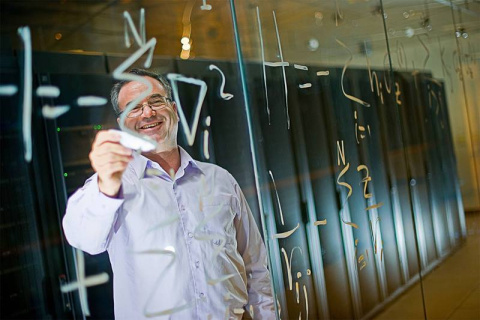
Research points to a way to design efficient quantum algorithms systematically, not by trial and error.
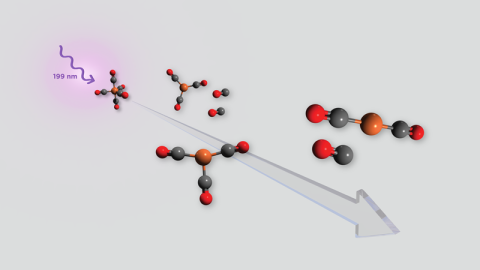
Researchers take ultrafast infrared spectroscopy snapshots of how light breaks down gas phase iron pentacarbonyl.
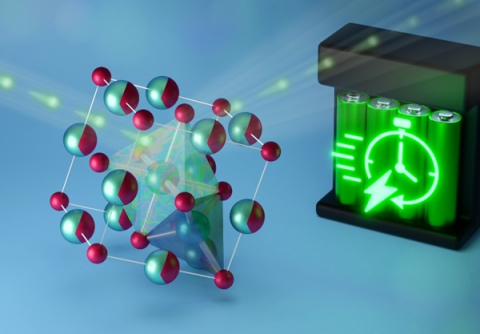
A material with a disordered rock salt structure could help make batteries safer, faster-charging, and able to store more energy.
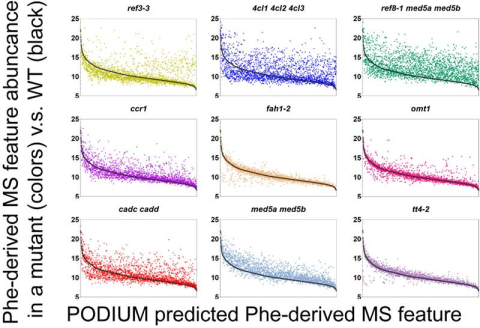
A new data pipeline identifies metabolites following heavy isotope labeling.
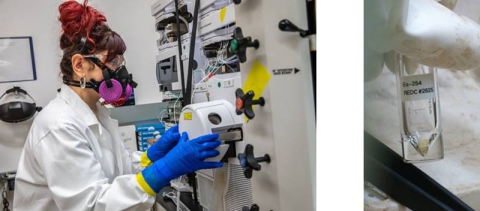
State-of-the-art techniques expand scientists’ fundamental understanding of heavy element 99, Einsteinium.
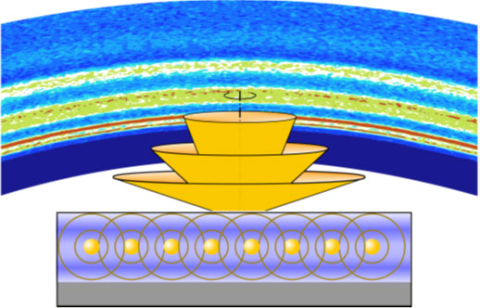
Scientists discover a high-resolution X-ray fluorescence probe to measure nanostructures in thin films.
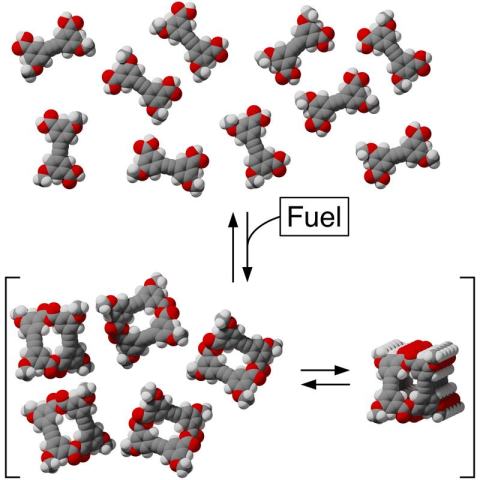
Chemical fuel assembles molecules with multiple unstable bonds.
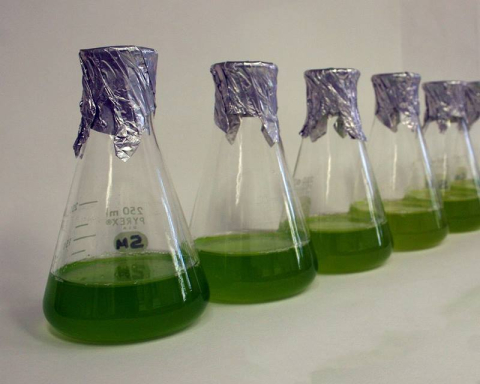
Transcription of adjacent genes into a single RNA molecule is widespread in green algae, challenging understanding of gene expression in eukaryotes.
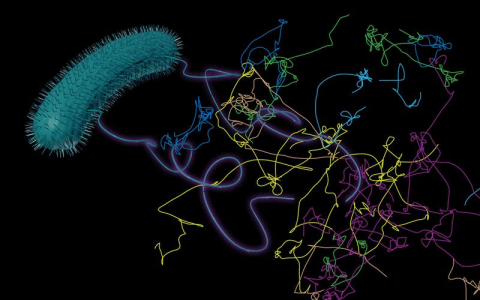
A new study seeks to improve reactive transport models by more accurately factoring in how bacteria move in groundwater.
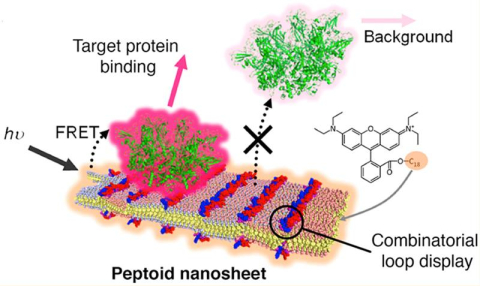
Synthetic materials can be engineered to recognize potential pathogens.

